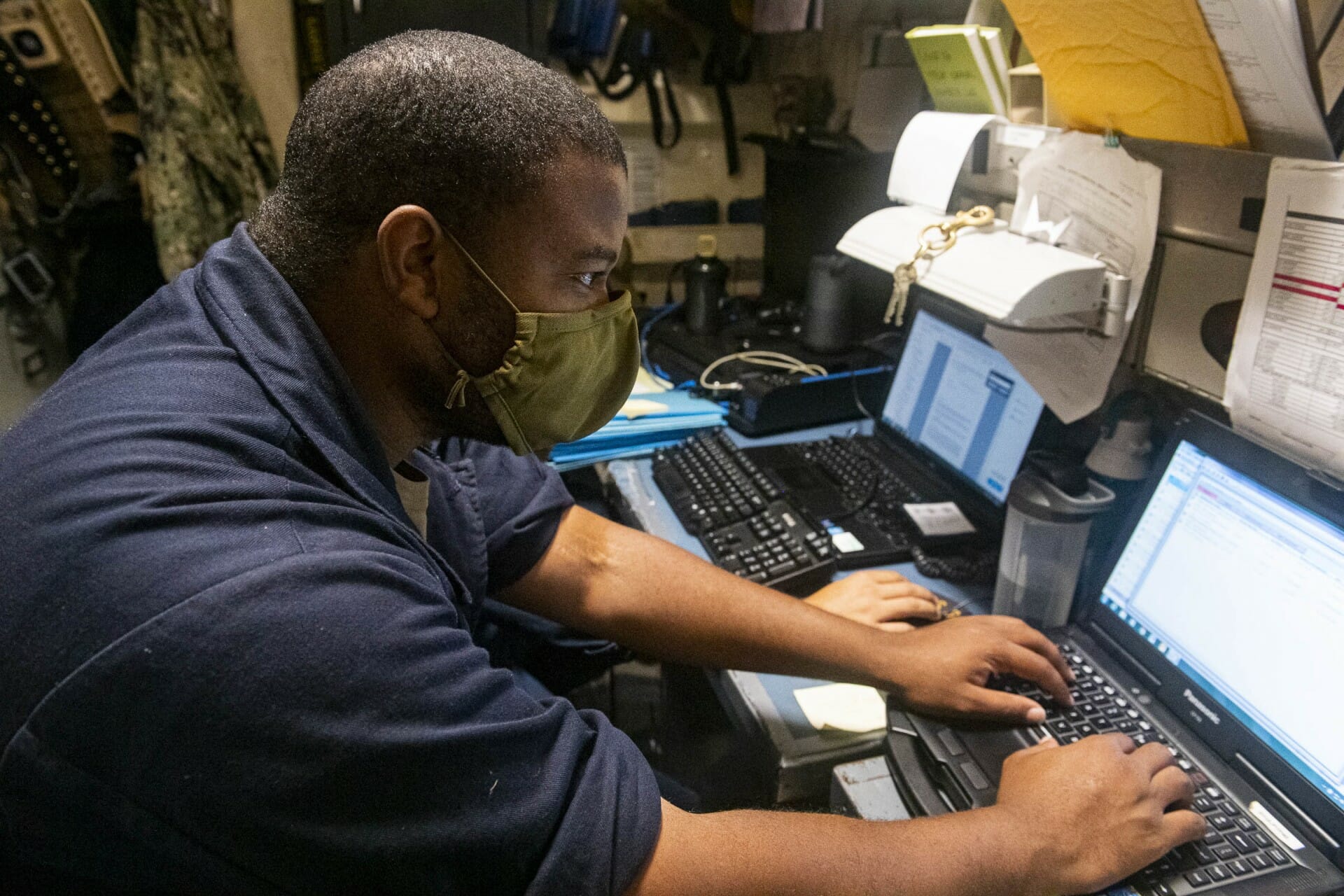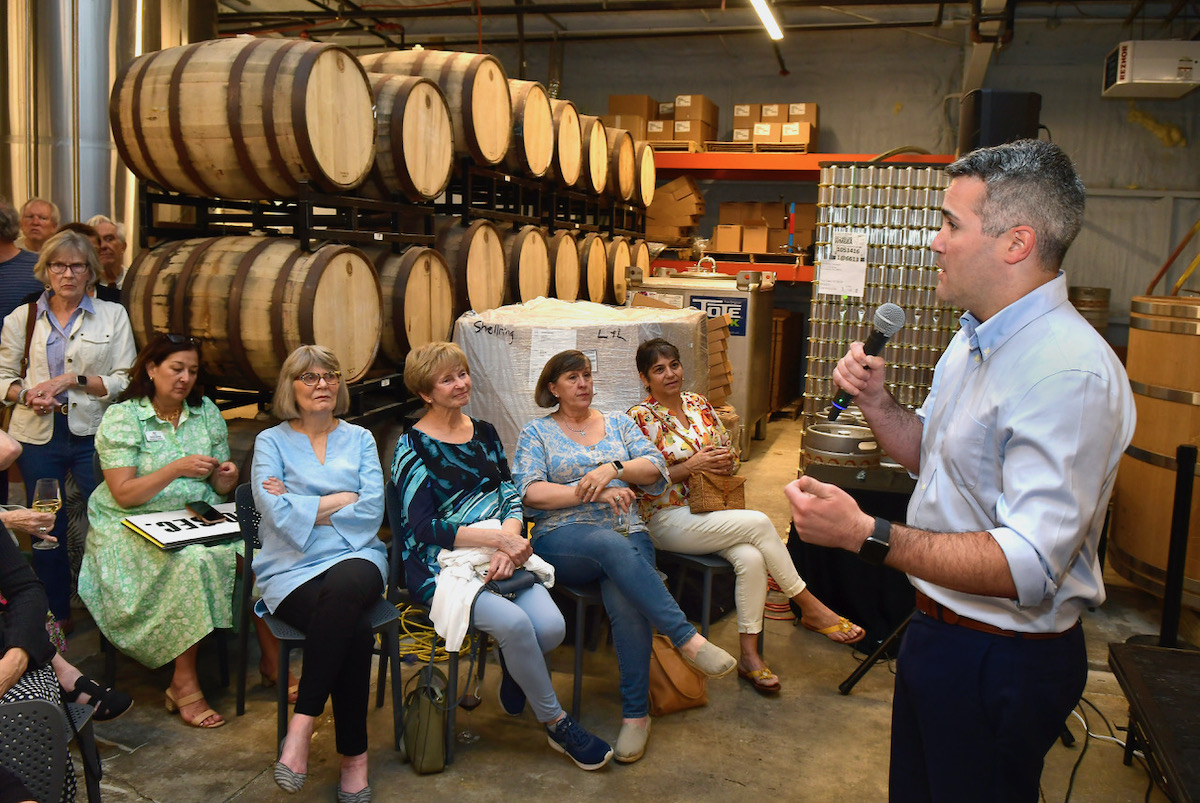By Larry Dandridge
Why do the police not read everyone their Miranda rights? The Miranda “warning” should be spoken to you when you are arrested and will be interrogated by a police officer. However, this should not be confused with an officer’s right and duty to find out what is going on prior to an arrest or other action. When a police officer arrives at the scene of a crime or accident, the officer has the right to ask, without giving the Miranda Warning, at the scene, what happened, what is going on here, were you a witness, and other similar questions?
However, when a police officer places a person under arrest, that officer must, by law, give you the full Miranda Warning to warn you about your rights to not say anything that might make you look guilty. If the officer plans to ask you specific and incriminating questions, the Miranda warning gives you the following rights:
1. You have the right to remain silent.
2. Anything you say can and will be used against you in a court of law.
3. You have the right to an attorney.
4. If you cannot afford an attorney, one will be appointed for you.
When police officers read a person their Miranda Warning at lightning speed, that is not understandable to a reasonable person, a court could possibly be convinced that the person’s Miranda rights were not properly given. Officers should be loud and clear and talk in a normal voice pace when giving Miranda Warnings. This is especially important when giving the warning to a person under duress, has English as a second language, under the influence of drugs or alcohol, or is perhaps injured.
Whether a person is read the Miranda warning or not, if that person makes a voluntary statement, that statement can and probably will be used against that person in a court.
See https://www.law.cornell.edu/wex/miranda_warning for more information for more information.
How does a police officer deal with a person with a knife or other edged Weapon? Many victims are killed or seriously injured by criminals and mentally ill persons with edged weapons. Edged weapons include such weapons as a knife, screw driver, fork, shank, or any sharp object that can penetrate a person’s body.
The Police Training Film, Surviving Edged Weapons, by Julia Jacobo, dated July 7, 2016 is used to show police recruits the dangers of edged weapons. The film shows that if a person has an edged weapon and is closer than 15 feet to the police officer, the average attacker can rush the officer and seriously injure or kill the officer before the average COP could draw his weapon and fire once.
The film further emphasizes that one shot center of mass will not stop an attacker before the officer is stabbed. The film further emphasizes that it normally takes two or more pistol shots that hit the attacker to stop the attack. The average police officer needs at least 21 feet of separation from the attacker for the average officer to be able to draw his pistol and fire twice.
Two last important points:
The ballistic vest that officers wear will not stop a knife, unless the vest has a metal plate in it. These small metal plates only cover the heart and a small part of the upper lung area.
Police seldom have more than about six-to-eight feet separating them and a potential attacker when they encounter and question a person who may be armed with an edged weapon.
Why do police departments need armored cars and other military types of equipment? The short answer is the police need military type equipment to combat rising crime rates and police deaths.
Police officers are facing much better armed criminals, including criminals (and terrorists) with assault rifles, extra capacity magazines, ballistic vests, explosives, and more. There is much talk about police departments turning-in their tactical equipment, like armored cars, sniper rifles, and other such special use equipment. However, more and more this equipment is needed to deal with terrorists, dangerous felons, deadly bank robbers, mass shooters, and dangerously mentally ill persons. Armored vehicles are also used to recover and medically evacuate wounded and injured officers who are under fire.
Examples of the many times, police needed better armor, better weapons, and armored vehicles include:
The two heavily body armored and armed with assault weapons bank robbers, with high- capacity magazines, in North Hollywood, California in 1997, where two police officers were seriously wounded, were much better armed than the dozens of police officers who responded. The police had to commandeer an armored car and go to a gun shop to get rifles to be able to stop those two bank robbers.
The mentally ill 74-year-old veteran who ambushed, killed two police officers and seriously injured a half dozen other police officers, with a high powered M1 rifle, in Florence, SC in 2018.
In most police departments the armored vehicles and other militarized equipment are under strict control of the highly trained SWAT unit. The call for taking this needed tactical equipment from the police is unwarranted and would place officers and citizens in grave danger.
Larry Dandridge is an honors graduate of three police academies and a DoD Counter Terrorism course graduate. He served as a police officer and deputy sheriff in AL and MO. He has also worked as a consultant with the Federal Law Enforcement Training Center in GA and SC, and the Military Police and Customs operations in TX. An accomplished writer and motivational speaker, the owner of TVV Publishing, a retired Army Test Pilot, the author of the award-winning BLADES OF THUNDER (book One), a retired Aerospace Industry Region Manager, a past University Business, Writing, and Aeronautics Instructor, and volunteer Patient Adviser at the RHJ VA Medical Center, he writes two columns, as a free-lance writer, for the ISLAND NEWS, the Veterans Benefits Column and the What Citizens Should Know About Policing Column. You can contact Larry at his email, LDandridge@earthlink.net.
EDITOR’S NOTE
This is column 7 of a 12-column series on what citizens should know about police officers, use of force, and challenges the police and citizens face. Columns 1, 2, 3, 4, 5 and 6 introduced the series by answering the questions:
What are the risks involved in police work?
How does a COP (Constable on Patrol) decide on what level of force to use?
When can a police officer use deadly force?
When can deadly force be used on a fleeing felon?
Do life and death decisions made by police really have to be made so quickly?
What does the Beaufort County Sheriff’s Office do for Beaufort County?
Do police officers take care to avoid hurting innocent bystanders?
Do police officers have to retreat when facing a dangerous person?
Can a police officer be unfit to serve, even if they do not break the law?
Do police officers have to retreat when facing a dangerous person?
Can a police officer be unfit to serve, even if they do not break the law or violate department written policies?
Why do police officers not hot pursue and chase down every person who runs from them in a vehicle?
Why do police officers sometimes use choke holds on people?
Why do the police not shoot guns and other weapons out of people’s hands?
Why do police sometimes use deadly force on people brandishing a Fake Gun?
These columns are not meant to replace carefully reading local, county, state, and federal law or the need for a lawyer when seeking legal advice.
Larry Dandridge is not an employee of THE ISLAND NEWS and his opinions are his alone. Readers should rely on their local police and sheriff’s departments, federal law enforcement agencies, and their attorneys for all law enforcement information and legal advice. Although every precaution has been taken in the preparation of these articles, the publisher and author assume no responsibility for errors or omissions. Neither is any liability assumed by the author or THE ISLAND NEWS for damages resulting from the use of information contained herein.








